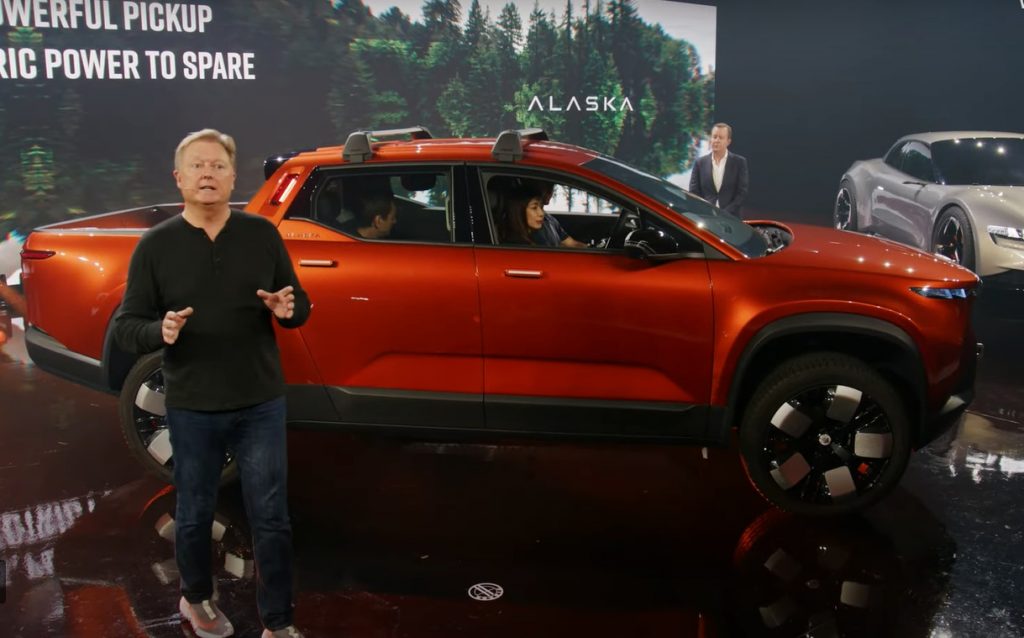Fisker, an electric vehicle (EV) manufacturer, recently introduced its latest offering, the Alaska pickup truck. This launch comes shortly after the company commenced deliveries of its flagship SUV, as it grapples with ongoing supply chain issues.
Fisker is positioning itself in the competitive EV market by offering lower-priced vehicles with a focus on high-design sensibility.
Scheduled for production in early 2025, the Alaska will enter the fast-growing electric pickup segment, where it will compete with established players such as Ford’s F-150 Lightning, Tesla’s Cybertruck, and Rivian’s R1T.
Chief Executive Henrik Fisker mentioned that the Alaska will be priced at just over $45,000, making it more affordable than most of its rivals. Ford recently reduced the price of the F-150 Lightning to just under $50,000, while the R1T starts at $73,000.
The Alaska will share the same platform as Fisker’s Ocean SUV and is expected to have an impressive range of approximately 230-340 miles.
Setting itself apart from competitors, the Alaska boasts a lighter and more compact design, featuring a 4.5 feet (1.37 m) bed that can extend into the cabin, reaching about 7.5 feet. Henrik Fisker proudly described the truck as “the sportiest truck you are going to see.”
Notably, the broader EV market is currently experiencing a price war triggered by industry leader Tesla’s efforts to boost demand amidst rising interest rates and softened consumer demand.
By relying on contract manufacturing for its vehicles, Fisker aims to maintain low production costs and offer competitive vehicle prices. The company’s Ocean SUV starts at $37,499, and the newly unveiled Pear SUV is priced at $29,990.
See also: Fisker Alaska Pickup Set to Become the Ferrari of Electric Trucks
However, like many other EV manufacturers, Fisker has encountered supply chain disruptions that have affected Ocean’s production, causing the company to miss its targets for the quarter ended June.
Henrik Fisker acknowledged that while some major shortages have been resolved, certain suppliers are still facing challenges in obtaining parts from their sub-suppliers. He attributed some of the ongoing bottlenecks to the lingering effects of the COVID pandemic and suggested that these issues might persist throughout the year.
